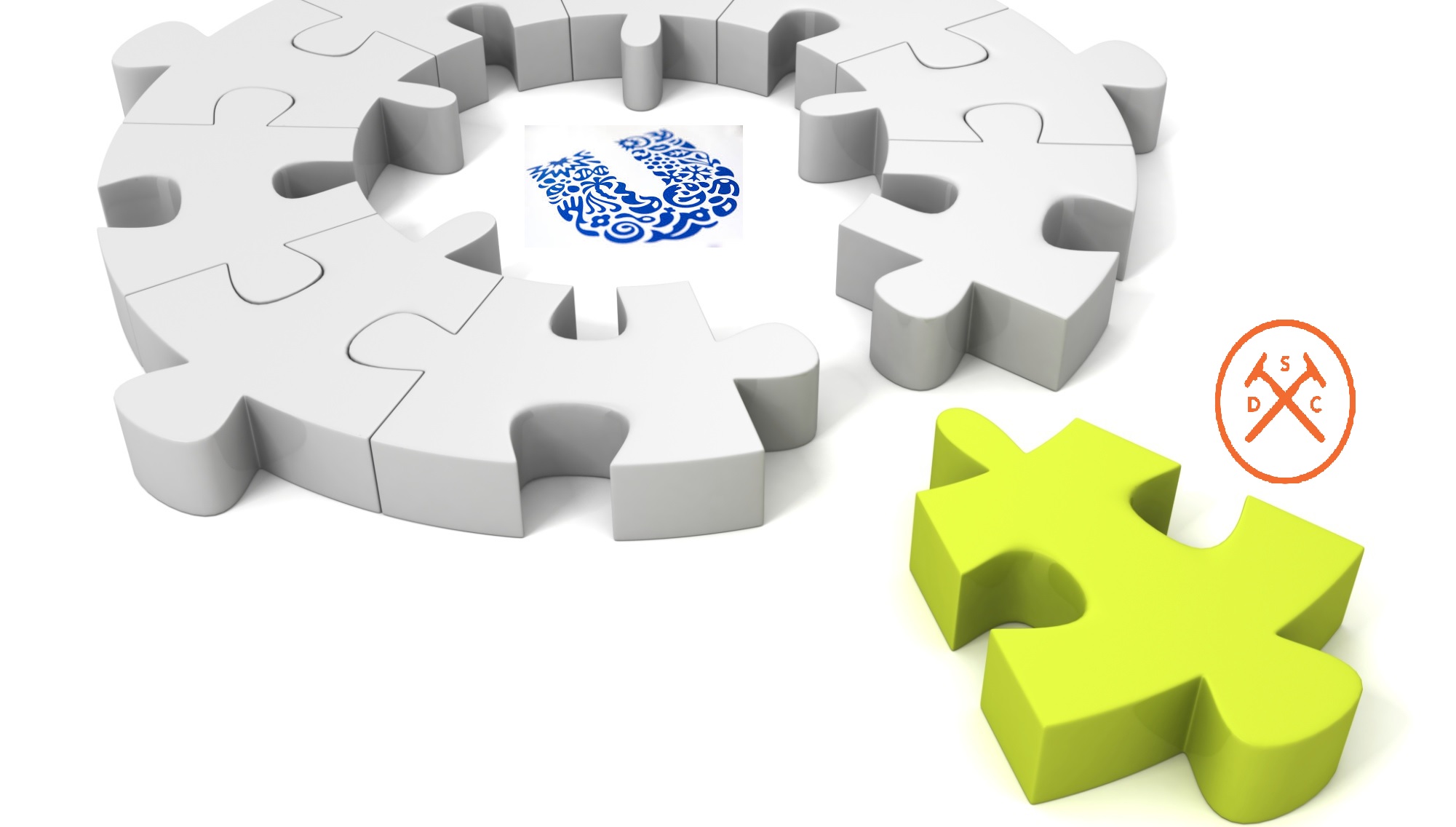Unilever announced on 19 July 2016 that it has signed an agreement to acquire Dollar Shave Club (DSC), a Venice, California-based company at a huge premium. Michael Dublin, founder of the Dollar Shave Club, will remain CEO for running the razor business as an independent subsidiary. It’s Unilever’s biggest U.S. acquisition since its $3.7 billion purchase of haircare maker Alberto Culver in 2011. Subject to regulatory approval, the transaction is expected to close during the third quarter of 2016. JPMorgan advised Dollar Shave Club, while Centerview Partners advised Unilever.
Unilever
Unilever is an Anglo-Dutch multinational consumer goods company co-headquartered in Rotterdam, Netherlands, and London, United Kingdom. Its products include food, beverages, cleaning agents and personal care products. It is the world’s fourth-largest consumer goods company measured by 2015 revenue, after Nestlé and Procter & Gamble (Source- www.consultancy.uk). One of the oldest multinational companies, it owns 400 brands and its products are available in around 190 countries. Unilever PLC’s market capital was close to £ 105.55 billion as on 27th July 2016.
Before the acquisition, Unilever’s personal care segment included skincare, haircare, oral care products and deodorants whose turnover was about 20 billion in 2015 with an average operating margin of 17-18%. With Dollar Shaving Club in its arsenal, it is entering into the razor business and will now lock horns with old rival Procter and Gamble’s Gillette (P&G).
Unilever will look to expand the subscription model Dollar Shave Club has used since and take on brands such as P&G’s Gillette and Edgewell Personal Care Co.’s Schick in the estimated $3 billion U.S. men’s shaving products market.
Valuation
Usually, e-commerce startups without such a strong brand get buyout offers closer to 1 to 2 times their annual revenue. Dollar Shave Club was recently valued at $615 million in a $75 million funding round led by Technology Crossover Ventures. The acquisition was made at $1 billion all-cash as reported by Fortune. Unilever values the company at 5X of its revenue mainly for its brand and customer-relationship skills which resulted in high revenue growth.
What so unique about DSC?
Founded in 2012, it has grown into a full male grooming business that delivers disposable razors and other personal grooming products straight to consumers by mail at a flat monthly fee. The company positions itself as a cost-effective and convenient alternative to retail chains.
The company is less concerned with the design and German engineering and more concerned with fun, convenience, and saving money. It broke the traditional industry dynamics.
Million Dollar strategy?
- It gained traction with humorous YouTube videos for a mere $4500 that went viral with 23 million views.
- Unlike other big manufacturers, it found a way to cut the retailers entirely from the chain and placed the product directly at the customer’s doorstep.
- It actually created a market for razor blades and identified a mechanism by which they could get products to consumers before the consumer even entered active shopping mode.
- Introduced subscription based service which encouraged a higher customer lifetime value and build an enviable CRM database.
Financial & Operation Observations
Figure 1: Sales Chart and Projections (*Estimated by Unilever)
- Revenue
- DSC generated revenue of $65 million in 2014, triple that of its 2013 figures and more than double in 2015 as compared to 2014.
- CAGR(2012-16) would be more than 150%
- DSC’s selling price of a basic razor is about a quarter price of that of Gillette. For a consumer, the savings over comparable store-bought shaving kit ranges from 30% to 60%.
- Customers
- Subscribers rose from 2 million (monthly and bi-monthly) in 2014 to 3.2 million as per recent figures.
- In terms of customer loyalty, DSC have the lowest churn per month in consumer products business. It is well under 10%.
- Market Share
- Gillette has a market share of 60% followed by Schick-Wilkinson Sword with less than 20%. DSC has achieved a reported 11% market share from its previous share of 5% in 2014.
- In Shaving Clubs, Gillette had 21% of the online shaving market compared with Dollar Shave Club’s 54% as of September 2015 (Source – Slice)
- Model
DSC’s 190 employees are focussed on marketing, fulfillment, and product development as they have –- Cheap razor supplier from Dorco, South Korean
- Amazon Web Services to handle its orders
- Distribution by a company in Kentucky
- Unilever: Marketing Vs R&D
From 2013, Unilever has consistently spent about $7-8 billion on marketing and promotion versus $1 billion on R&D. So it spends 8 times as much on marketing its existing products than building new products.
Investor returns
One of the company’s earliest and largest investors, Venture Capital Venrock Partners have said their investments have grown 10x on this acquisition. Other investors in the company include Science, Felicis Ventures, Comcast Ventures and Technology Crossover Ventures.
How would Hindustan Unilever Ltd. (HUL) benefit?
These margins seem quite good as compared to other segments and could be boosted further if it adopts Direct to Customer model of DSC for its personal product segment. No doubt it has to incorporate it in a way that it does not disturb present marketing channels and distributors. Probably it may come out with new brands especially for this model. This would also help them reduce infrastructure and other operating costs and help explore cross-selling and upselling opportunities. Moreover, if Dollar products are introduced in the Indian markets, it would add further depth in the existing product portfolio. In short learning of Dollar Shave Club can be adapted for Indian market and push its other products with appropriate safeguards
Conclusion
Unilever gets an entry into the shaving market dominated by U.S. rival Procter & Gamble Co.’s Gillette. DSC’s direct-to-consumer business model gives it unique consumer and data insights. With a product and brand range that extends far beyond shaving, DSC brings to Unilever’s personal care category a unique male grooming perspective. DSC encourages Unilever to move towards an online model which could complement 30% of its product range as said by Unilever CEO Paul Polman.
DSC looks to leverage the global strength of Unilever to support itself in achieving its full potential in terms of offering and reach. This buyout will give DSC a more stable source of funding and allow it to expand globally.
Unilever’s enormous presence and strength and DSC’s business model and innovative marketing can create a solid customer base and capture sizeable market share in the grooming segment. Unilever would be smart if it doesn’t play with DSC too much to explore its full potential.
DSC turned out to be a good bet as investors’ value bumped up 10-20 times as reported. But investors in the shaving market should be cautious as price war in the future may eat up profits for these companies in the short run.
The online men’s razor and blade market in the US is heating up, threatening traditional retail sales. Unilever saw this as an opportunity to compete with rival P&G. It has paid a huge premium in this deal but it had no choice. Acquire DSC or lose it to P&G. Whether Unilever can harness DSC’s strengths will depend upon how quickly and effectively they can gel up, reinvent and execute rewarding opportunities.
The party is just getting started. One can expect more startups with innovative moves giving the old beasts a run for their money. It’s about time.




